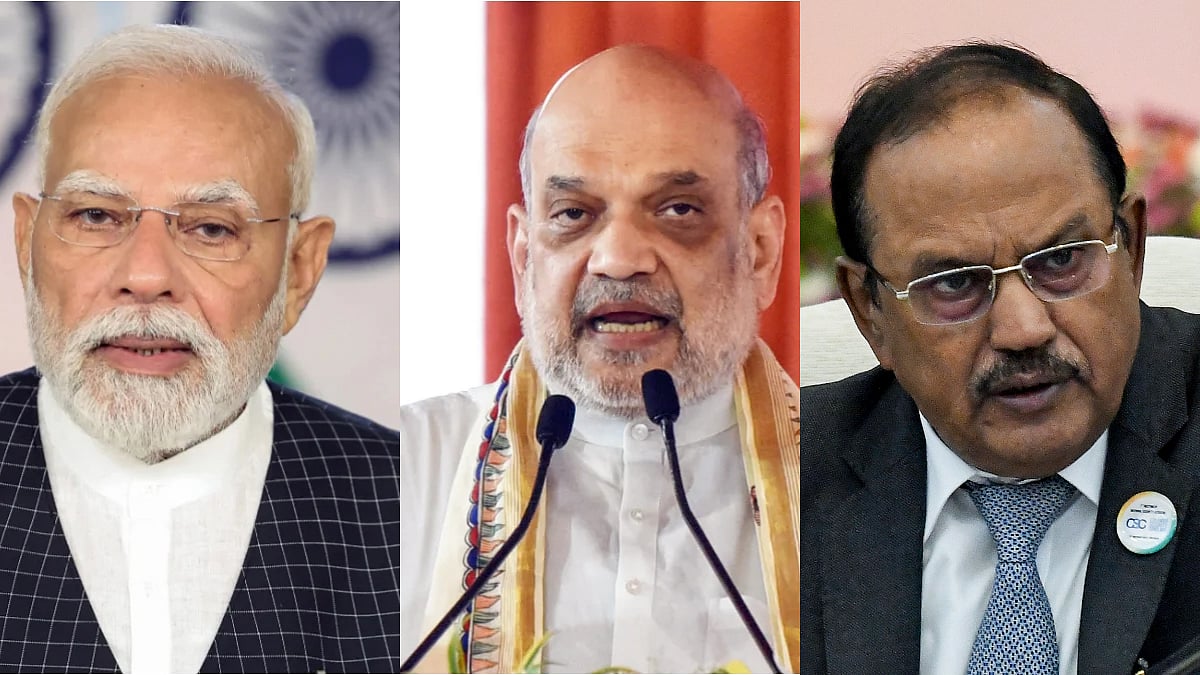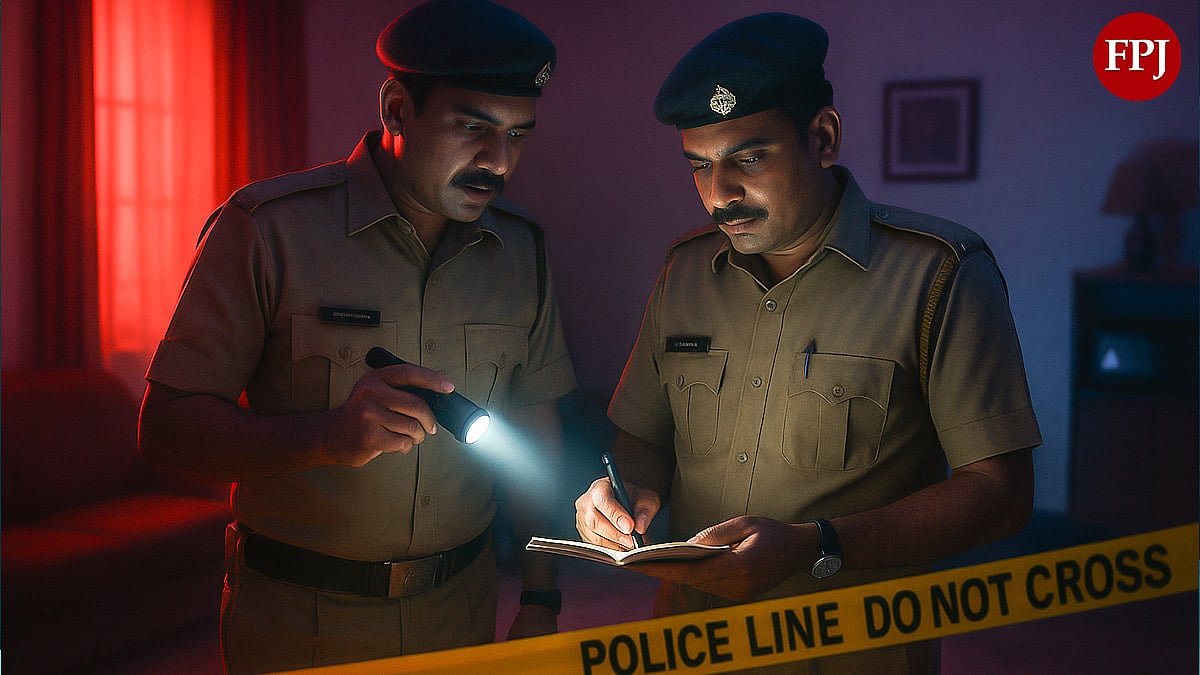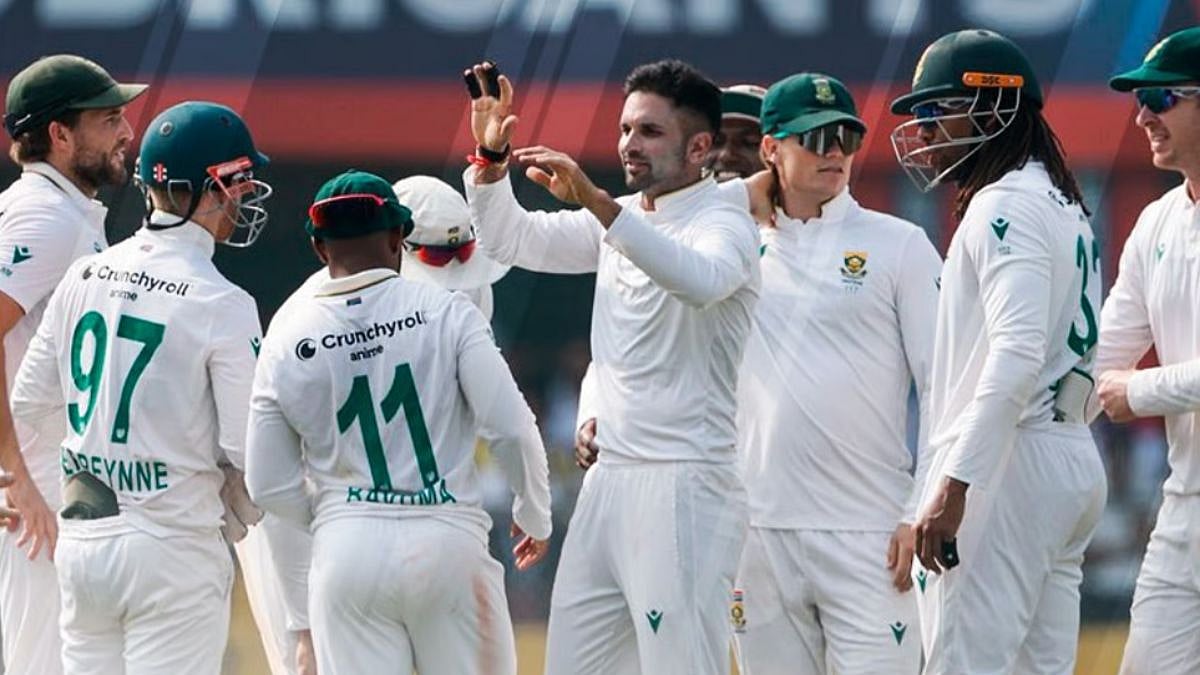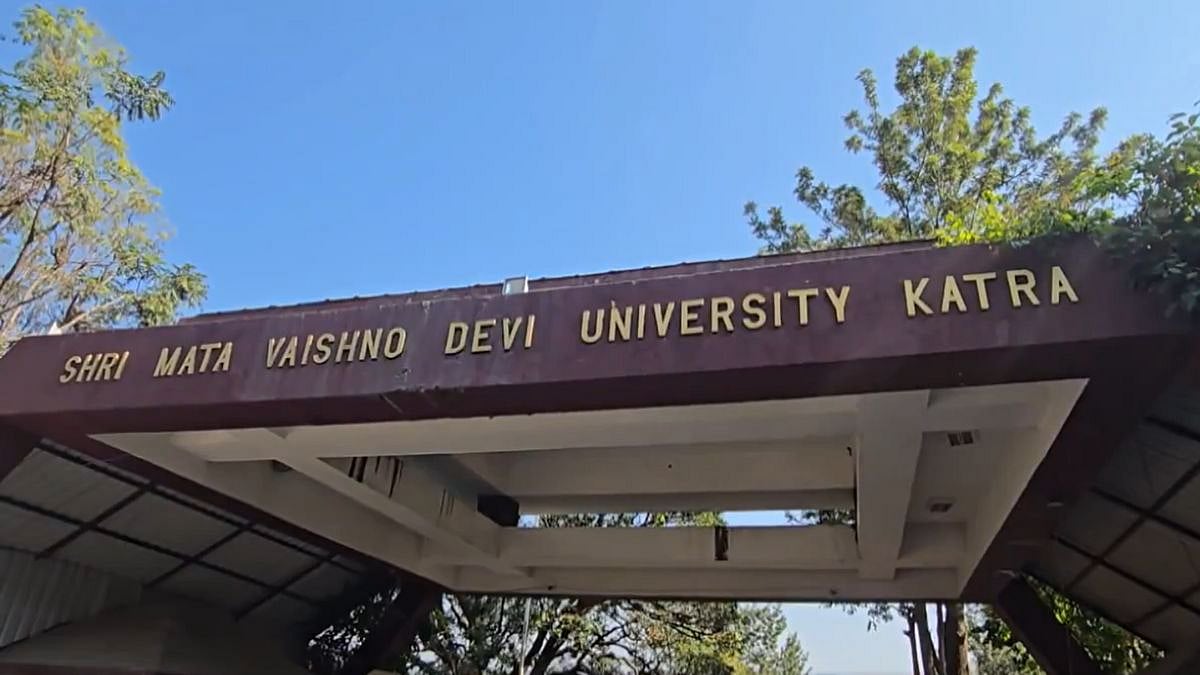Union Law Minister Kiren Rijiju has called a meeting of state law ministers at the month end to discuss the establishment of an All-India Judicial Service (AIJS) on the lines of the central civil services, an idea that has been discussed for ages but never implemented, basically because of the judiciary’s intransigence.
The AIJS is an initiative to reform the judiciary by centralising the recruitment of judges at the level of additional district judges and district judges for all states but the Indian judiciary sees it as an encroachment on its rights.
They fear that it could give the executive a foot in the door for the appointment of district judges and dilute the say that High Courts have in the process.
As of now, judges of the lower judiciary up to the level of district judge are selected through the provincial Civil Services (Judicial) exam. Articles 233 and 234 of the Constitution of India deal with the appointment of district judges and place it in the domain of the states.
The State Public Service Commissions and the High Court concerned to conduct the selection process. Since High Courts exercise jurisdiction over the subordinate judiciary in the state, High Court judges interview candidates after the exam.
The idea of an AIJS is to ensure an efficient subordinate judiciary, to address structural issues such as varying pay and remuneration across states, to fill vacancies faster, and to ensure standard training across states. It was proposed by the Law Commission Report of 1978 and in 2006 the Parliamentary Standing Committee on Personnel, Public Grievances, Law and Justice in its 15th Report backed the idea of a pan-Indian judicial service.
Apart from the judiciary, the states too see the AIJS as an affront to federalism and an encroachment on their powers. They feel that central recruitment would not be able to address the unique concerns that individual states may have.
For instance, judicial business is conducted in regional languages. Whatever the reasons, the fact is that neither the states nor the higher judiciary have been able to address the festering issues regarding the subordinate judiciary. It is like a patient wanting to self-medicate despite an ailment that clearly needs surgical intervention.
Take the gangster Vikas Dubey case. His delusion that he was above the law took root in the courtroom where he was acquitted of killing a minister in a police station. The judge ought to have questioned how all the witnesses, including policemen, turned hostile. The higher judiciary took cognisance of it only after the Dubey encounter case reached the SC which observed that the grant of parole by a court of law to the gangster despite 65 FIRs pending against him reflected `institutional failure’.
The SC had asked for all the orders passed by the trial courts in cases pertaining to Dubey but no one has heard anything about it so far. Take the Jessica Lall case. Manu Sharma, son of a Haryana politico, was acquitted by the trial court of shooting dead the model in a packed high-society bar because she, one of the celebrity barmaids, denied him a drink after closing time.
Yet, it was public outcry rather than a judicial review that put the rich brat behind bars. The prolonged delay in the open-and shut Aryan Khan case too does no credit to our judicial system. Over the years, the judiciary seems to have taken it as their right not to be scrutinised, much less criticised.
Look at the Prashant Bhushan case where the SC frowned at even retired judges. Finding fault with the judiciary is almost like blasphemy; the media is deterred from reporting any judicial wrongdoing through the sweeping use of the contempt law.
But the same judges who are quick to slap a contempt case on critics for scandalizing the judiciary see nothing wrong in some of their own accepting plum government posts the day they retire. Today, those who have gamed the system proudly proclaim full faith in it.
Litigants wonder why thundering statements by the judge in court are often not reflected in the written judgment or why some judges wake up to shake up the establishment only on their last day in office. Then there’s the vexed issue of case law versus face law; children of sitting judges practising in the same court.
Coming back to the concerns of the judiciary, legal experts have argued that the creation of AIJS will not address the structural issues plaguing the lower judiciary.
Some experts argue that increasing pay across the board and ensuring that a fraction of High Court judges is picked from the lower judiciary, may help better than a central exam to attract quality talent. While there may be merit in these arguments, it must be remembered that public acceptance is the bedrock of the judiciary’s strength. The impression must not be allowed to gain ground that instead of justice prevailing it is a case of the justices prevailing.










